A note from admin: we received a lot of emails from our readers inquiring more details and answers to some related questions. To make our editor’s job easier, please submit your comment or question at the bottom of this article. Every question will be reviewed and answered.
When talking about all-wheel-drive systems within the Volkswagen Group, most consumers usually know only two terms: the Quattro in Audi, and also the 4Motion in Volkswagen.
However, they are not just simply two systems: in fact the situation behind these are much more complicated than it appears to be. In this article, I will briefly analyze the AWD systems in Audi and VW cars.
Introduction
The Audi Quattro system we are talking about here begins from the 4th generation Quattro, which was firstly introduced on the Audi B5 A4, back in 1995. Some prior generations of the Quattro system are also using similar design, but they are not within this article’s scope.
Generally speaking, Audi Quattro can be divided into three different categories: 1. for longitudinal engine layout (Audi A4/5/6/7/8, Q5/6); 2. for transverse engine layout (A3/TT etc.); 3. for the R8 sports car. Although Audi called them with one name “Quattro”, these 3 types are dramatically different than each other.
For the VW 4Motion, there are mainly two types: 1. for longitudinal engine layout (Touareg, Phaeton); 2. for transverse engine layout (Golf, CC, Tiguan etc.).
One thing you should know before we diving into the details: for longitudinal engine application, no matter it is Quattro or 4Motion, the core component is mostly not a VW/Audi technology; in fact, it is supplied by Toyota. This is because the center differential in the longitudinal engine Audi(except the latest A6/7/8, S4/5/6/7, RS5/7 and R8) and some VW cars, are using the TORSEN differential, which is designed and produced by JTEKT, a company that Toyota owns.
Detailed Analysis
Now let’s go into the detailed analysis:
1. Audi Quattro with TORSEN Type A center differential (50/50 default front/rear power distribution): used on most models equipped with the ZF 6-speed automatic or Getrag 6-speed manual transmission;
2. Audi Quattro can also use a TORSEN Type B (50/50) center differential. Its application is mainly in Audi models with the ZF 5-speed automatic transmission;
Above image: 2011 Audi Q7
3. Audi Quattro can even use a TORSEN Type C (40/60 front/rear default power distribution) center differential. Its application includes the latest B8 (8th-Gen) Audi A4 and A5, Q5, Q7 etc;
4. Audi Quattro will also use a Crown Gear center differential (40/60 distribution), on the latest A6/7/8 and the full S/RS lineup (except TTS and TT RS). The crown gear differential is developed by Audi itself;
5. On the Audi R8, the Quattro system is using viscous coupling mechanism to distribute power to the FRONT wheels, which means the R8 is more like a pure rear-wheel-drive car most of the time (only when the rear wheels lost traction then the front wheel will be engaged); For the 2016 Audi R8, it is using Haldex’s latest (Gen. 5) electro-hydraulically controlled, multi-plate clutch coupling (Audi has not released the default front/rear power split ratio) – this is similar to the current Lamborghini Huracan’s AWD system.
Above image: Volkswagen Phaeton
6. 4Motion on the VW Phaeton V8 is the same as Audi Quattro with TORSEN Type A center differential;
7. 4Motion on the VW Phaeton W12, and also the B5 (5-Gen) Passat, are equivalent to Audi Quattro with TORSEN Type B center differential;
8. 4Motion on the Gen 1 VW Touareg, is using a planetary gear center differential with multi-disc clutch to act as limited slip control, and it also comes with a low-range gear. This is similar to the AWD implementation (but without low range gears) such as the Lexus IS/GS, and also the Subaru WRX STI. In addition to this, this center and rear differentials can also be fully locked mechanically (rear differential lock is optional); One interesting thing about its front/rear power distribution: according to the gear ratio, the mechanical distribution ratio is 38% front and 62% rear. However, VW set the electronically controlled limited slip clutch to be always engaged, which “forced” an extra 12% power transferred back to the front wheels, makes it effectively a 50:50 split system; Because of this “always on” setting on the 1st-gen Touareg limited-slip clutch, the electric motor that operats the clutch pack is under heavy load constantly, which leads to premature wear. It has been reported by some users that their 1st-gen Touareg need to replace the electric motor every 2-3 years.
Above image: 2015 Volkswagen Touareg
9. the 4XMotion (in some markets it is also called “4Motion Terrain Tech”) on the Gen 2 Touareg, is the same as 4Motion on Gen 1 Touareg, but with the limited slip clutch NOT forced to be always engaged, which makes the front/rear power split to be the default 38:62;
10. 4Motion on the Gen 2 VW Touareg is equivalent to Audi Quattro with TORSEN Type C center differential (40/60 power split);
For more discussion about the AWD systems on the VW Touareg, please see our article here.
11. Quattro/4Motion on Audi/VW cars with transverse engine layout (Audi A3/S3, Q3; All VW models except Touareg and Phaeton), plus the B6 Passat 4Motion: they are using the Haldex system, which can be considered to be a pure FWD most of the time (rear wheels only receive ~5% power under normal situations); Rear wheel only get power when front wheel slipping is detected. This Haldex system is consider by some people to be not a “true” AWD setup (see below explanation)
VW/Audi AWD systems vs. other auto maker’s AWD systems
For SUV it is a very complicated topic (involves all combinations between front/center/rear differentials, low range gears, mechanically lockable differentials, 2WD/4WD switchable center differential etc.), so we will provide full analysis in another seperate article.
For cars: 1st class (front/center/rear differentials all has mechanical limited-slip feature) – currently only the Subaru WRX STI and Mitsubishi Lancer Evolution are qualified; 2nd class (mechanical limited-slip center differential, all 4 wheels receive meaningful power all the time): Audi/VW AWD cars which do not use Haldex system; Lexus IS/GS/LS AWD; Porsche Cayenne; Mercedes-Benz 4Matic cars (partially qualified due to very weak limited-slip capability) etc. 3rd class (on-demand, part-time type): such as the Haldex type AWD used on VW/Audi, and multi-plate clutch coupling systems on most AWD version of FWD cars/CUVs, such as the Toyota RAV4, Honda CR-V etc.
Appendix
To help you understand the above information better, below are explanation to some terms:
Above image: TORSEN type A differential
(a) TORSEN Type A: it uses crossed axis helical gears design (worm-gear type), can handle higher torque bias ratio; disadvantage is higher noise and vibration under operation.
Above image: TORSEN type B differential
(b) TORSEN Type B: it replaced the crossed axis gear with a parallel gear design (helical-gear type), better NVH.
Above image: TORSEN type C differential
NOTE: Both type A and type B all have 50:50 default power distribution. Type A has higher locking ability than type B, which means TORSEN type A can achieve a higher power distribution dynamic range.
(c) TORSEN Type C: this is a helical-gear based planetary gear-set design (it can be viewed as the bevel gear differential with a topological transform). Since it is impossible for the ring-gear and sun-gear to have equal diameter, TORSEN Type C power distribution is inherently biased, which means it can never be 50:50. Therefore, TORSEN Type C can be used in center differential application only.
Above image: the Audi crown gear differential illustration
(d) The Audi Crown Gear Differential: it is totally different than the TORSEN type. Crown gear is effectively an open differential plus mechanical multi-plate clutch locking. Its main advantage over TORSEN: it can achieve 100% locking effect in theory. However this also brings a prominent shortcoming: the crown gear has NO WAY to distinguish front/rear axle rotation speed difference between normal cornering and the situation of slipping. Since you definitely do not want the limited slip feature to kick in during normal cornering when there is no slippage occurred at all, therefore the crown gear differential cannot be designed to be too sensitive and intrusive (to allow certain amount of front/rear axle rotation variance), this lowers its limited slip ability; One more thing: the multi-plate in the crown gear differential is subject to wear, its limited-slip ability will gradually fade away (although very slowly); on the other hand, TORSEN differential has virtually no wear at all and is extremely durable.
(e) Haldex system electronically engages the multi-plate clutch coupling to transfer power to rear wheels. Since such clutch coupling will generate lots of heat and wear under long time/heavy load usage, the Haldex system control logic can only be designed to transfer a very small amount of power to the rear wheels under normal driving conditions (to prevent overheating and excessive wear issues), making it more like a “on-demand” type of AWD system.
—
There are 1.2 million unique visitors reading YouWheel.com articles every month. Do you know you can also present your own contents to our enormous reader base? Introducing our new feature: YouWheel Guest Post. We are looking forward to your submission!


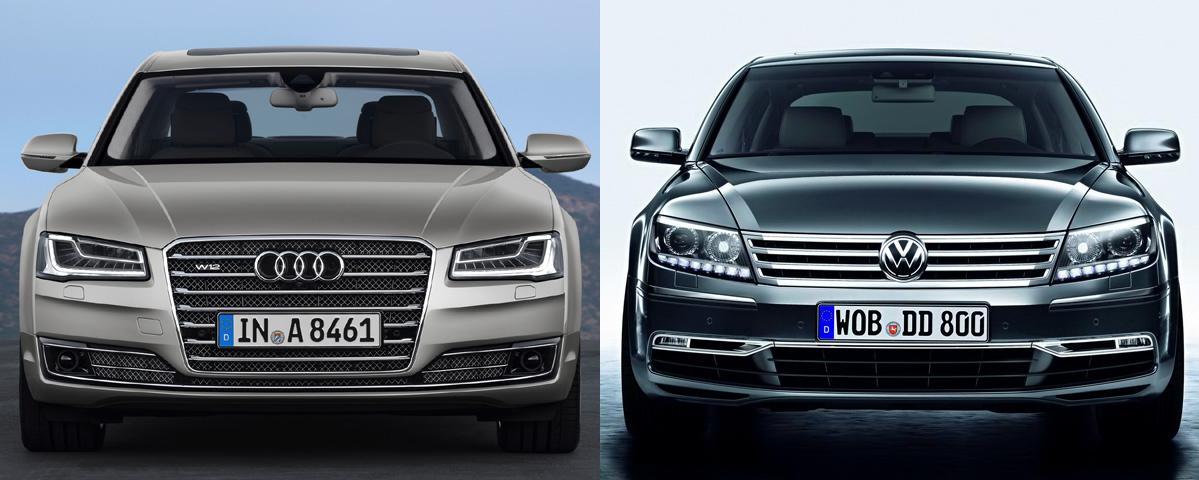
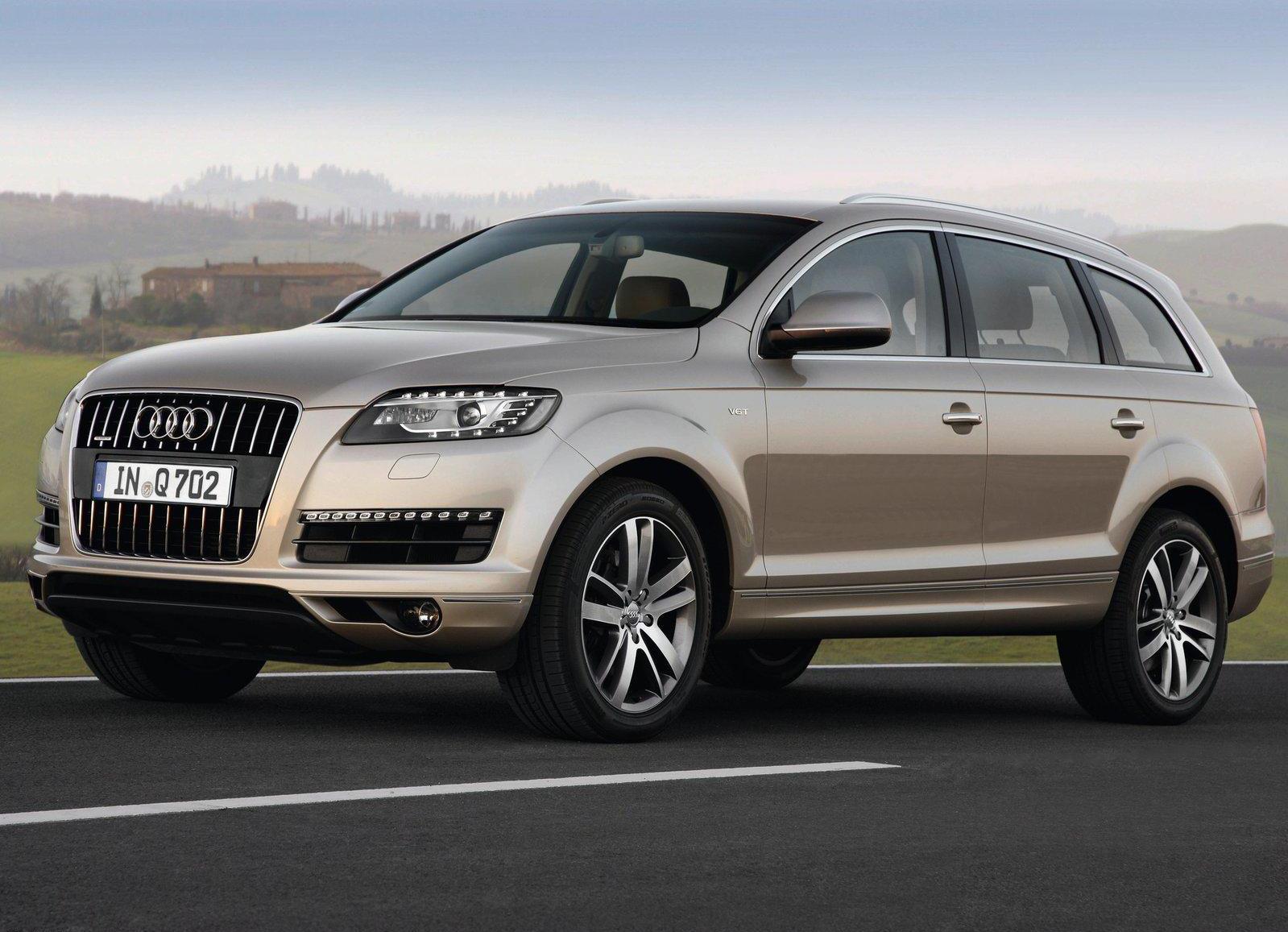
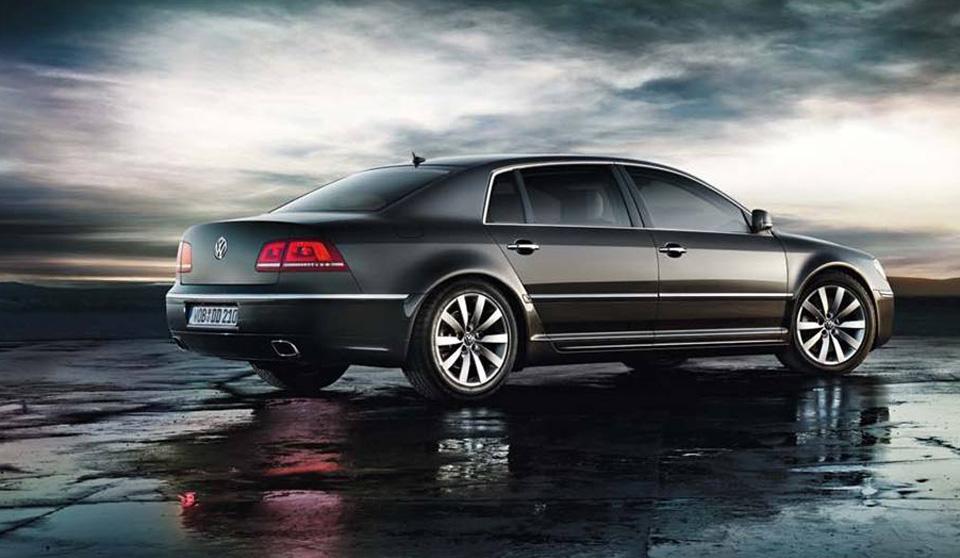
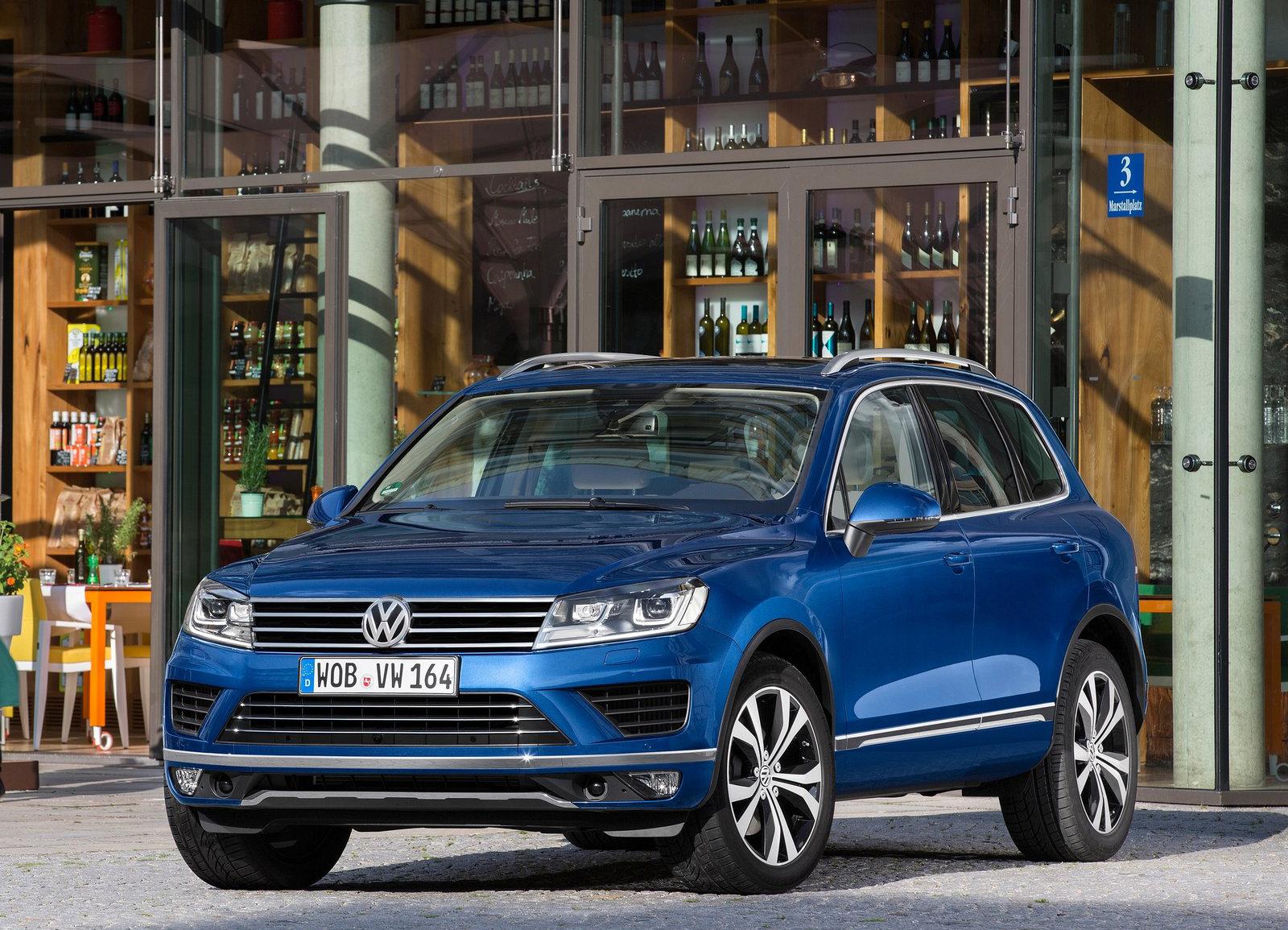
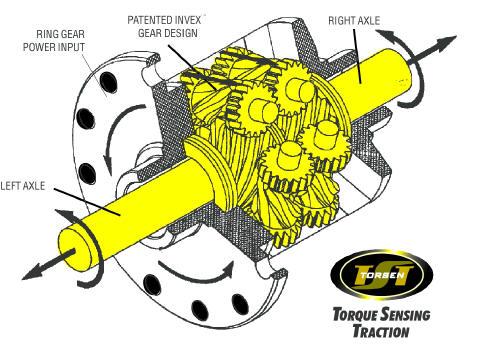
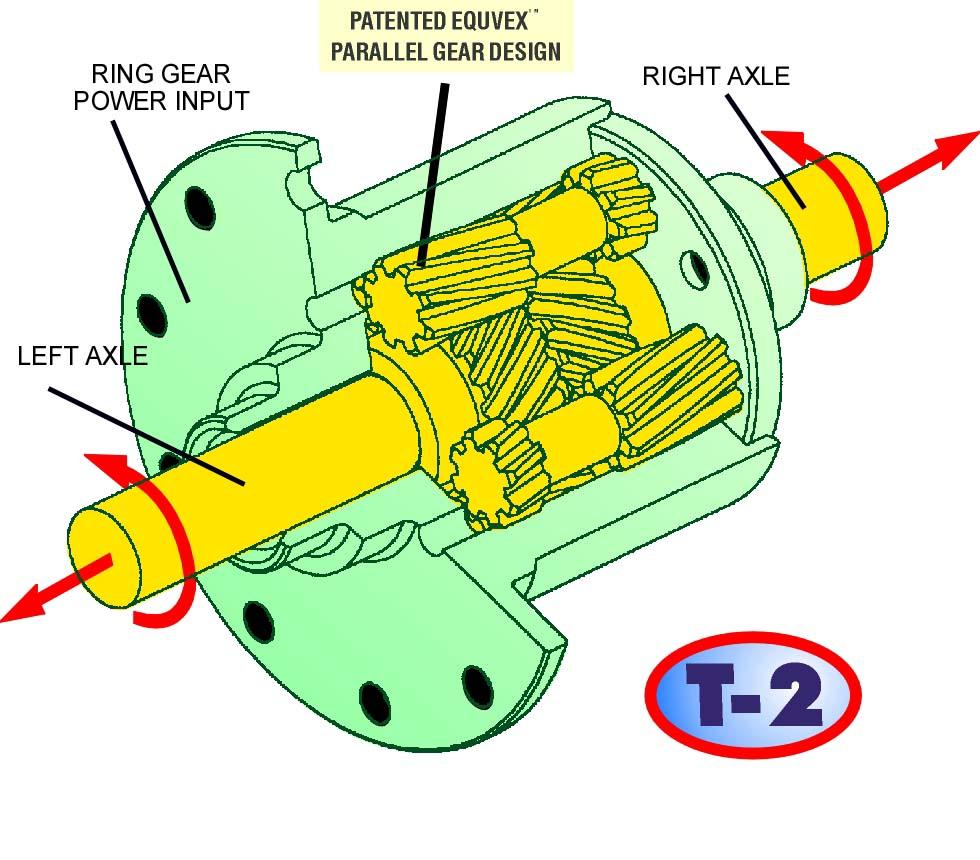
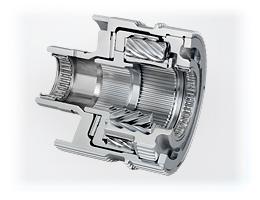


I believe this is incorrect “4. … The crown gear differential is developed by Audi itself;”
AFAIK the crown gear differential is developed by ASSAG.ch.
The original concept of crown gear was developed by ASSAG, and they have signed a cooperation contract with VW group back in 2008.
However, Volkswagen has done a lot of work on the crown gear design too, from my point of view they at least “partially owned” the design. VW AG has filed many patents on the crown gear differential, please see patents: DE102006008236 A1, DE102008015400A1, DE102008056622 A1 etc.
Why did Audi replace the Torsen differential with the crown gear type?
This is mainly for cost concern: JTEKT charges VW a premium for licensing out the TORSEN patent.
I think it is slightly misleading to suggest that VW is using a Toyota technology. The obvious implication being that Toyota-the-automaker developed the tech and VW is simply using Toyota’s invention.
Yes, JTEKT is a part of the Toyota Group of companies, but Toyota-the-automaker had zero development of the TORSEN technology. It was acquired from Bosch (who acquired it from Gleason/Zexel) and formed into a business unit of Koyo/Toyoda.
JTEKT supplies Toyota-the-automaker with the technology (created in America by Vern Gleasmon and licensed to Gleason in the 60s) much the same as it does to the VW Group.
Yes you are partially right, the ideas and implementation of the “original” TORSEN was developed before Toyota owns it.
However, Toyota designed some later types of TORSEN. For example, the Twin Differential Torsen (a special differential which integrates a Type C center differential plus a bevel type front differential), which was specially implemented for the Alfa Romeo 159 Q4, was developed after Toyota has purchased the TORSEN division from Bosch (in 2003).
Regarding you “Class 2” comment (2nd class (mechanical limited-slip center differential, all 4 wheels receive meaningful power all the time), would you include the BMW XDrive in this category too. Also, you note that the Mercedes 4Matic design has a very weak limited-slip capability. Would you otherwise rate the Mercedes 4Matic design as good as any system in dry weather, high traction operation?
The BMW xDrive does not have a center differential. Its AWD fucntionality is implemented by multi-plate clutch coupling, therefore it is not qualified for the “Class 2”.
For the Mercedes 4Matic, if the road surface is dry and has high traction, there is no need for the limited-slip feature to kick in. In this case, the 4Matic acts like an AWD system with open front/center/rear differentials, similar to the 2nd-gen (XU40) Toyota Highlander 4WD.
Mercedes 4matic uses a permanent 33:67 front to rear split, whilst xdrive and quattro is on demand (I think) What advantages (if any) does Mercedes permanent setup have? Especially in winter snow/ice conditions?
Both xDrive and Quattro are full-time also.
[…] to the rear is increased upwards to 100% or any other % to the other non slipping driving wheels. See #11 here Listed under Vehicles equipped with Haldex AWD Current Stable: 2015.VW GTI.4S in […]